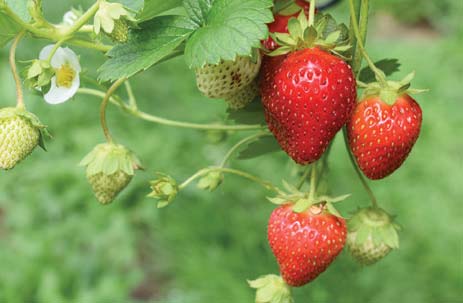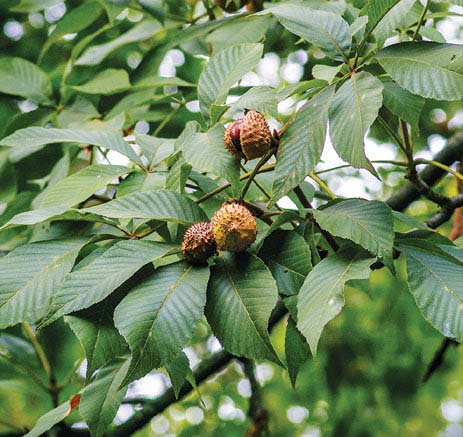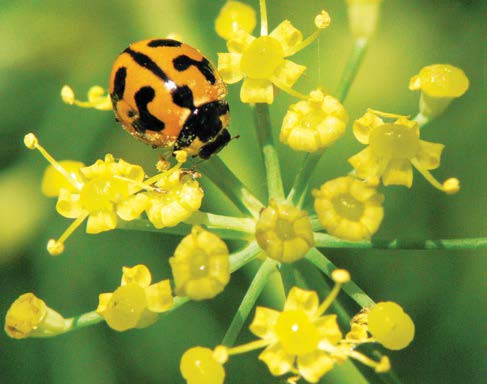FIVE OF A KIND – Defying The Hungry Gap

As the season changes and signs of new life begins to emerge with the arrival of spring, it’s easy to think about it as a season of abundance. But as we break out of our winter dormancy and the soil begins to warm up, spring is a season of abundant growth. And it’s because of that we often find very little food ready to harvest from our vegie gardens.
Known as ‘the hungry gap’, it was traditionally dealt with by preserving enough summer and winter produce to see families through at least the early part of the season. A greenhouse or polytunnel is another good way to extend the growing season of certain plants, as is foraging for edibles such as wild garlic, but all require resources, forward planning and time that many of don’t always have.
There are still vegetables that will grow and produce for you during the seasonal gap while we get ready to plant out our summer crops. Some are conventional spring cropping vegies, some need to be thought of in a different way than we otherwise would, but all are delicious and nutritious ways to eat from your garden throughout the so-called hungry gap.





